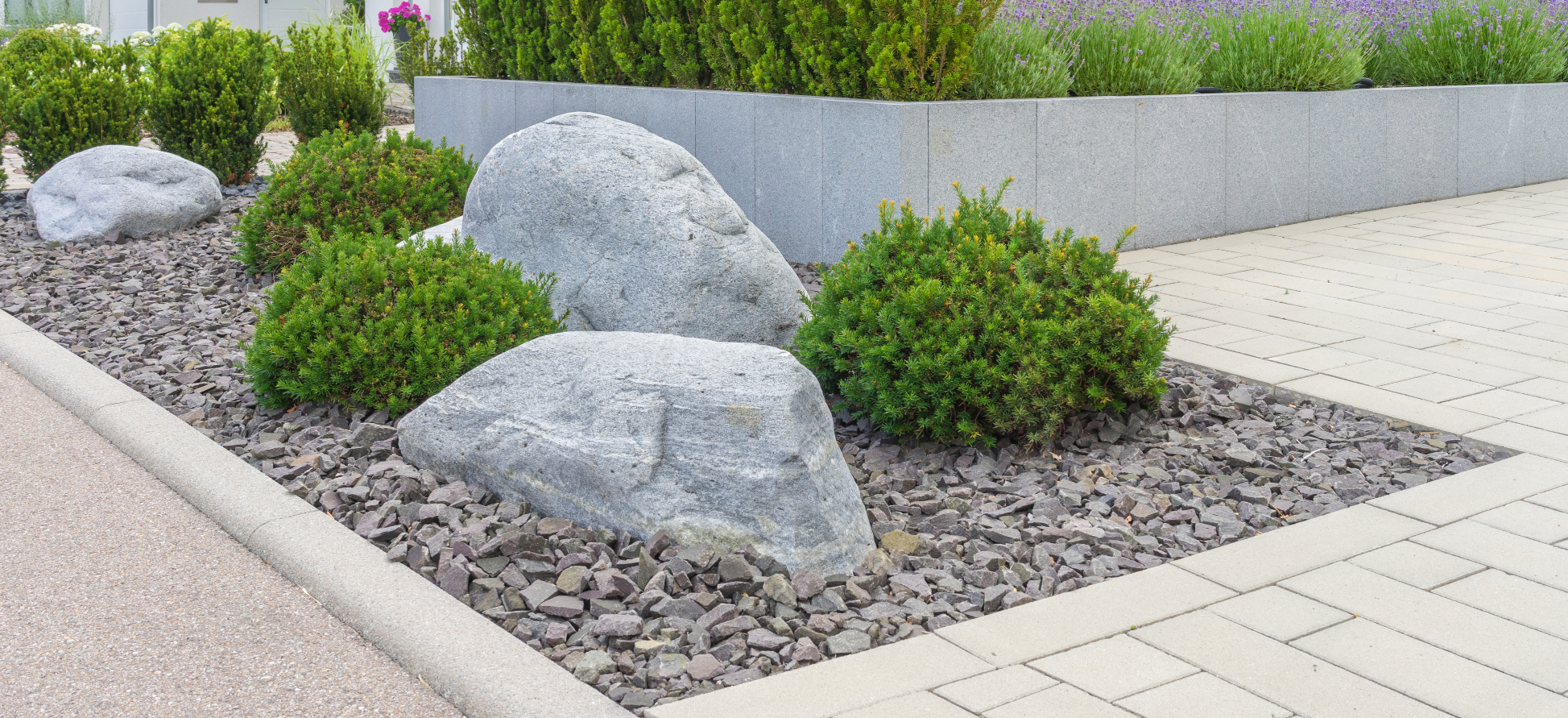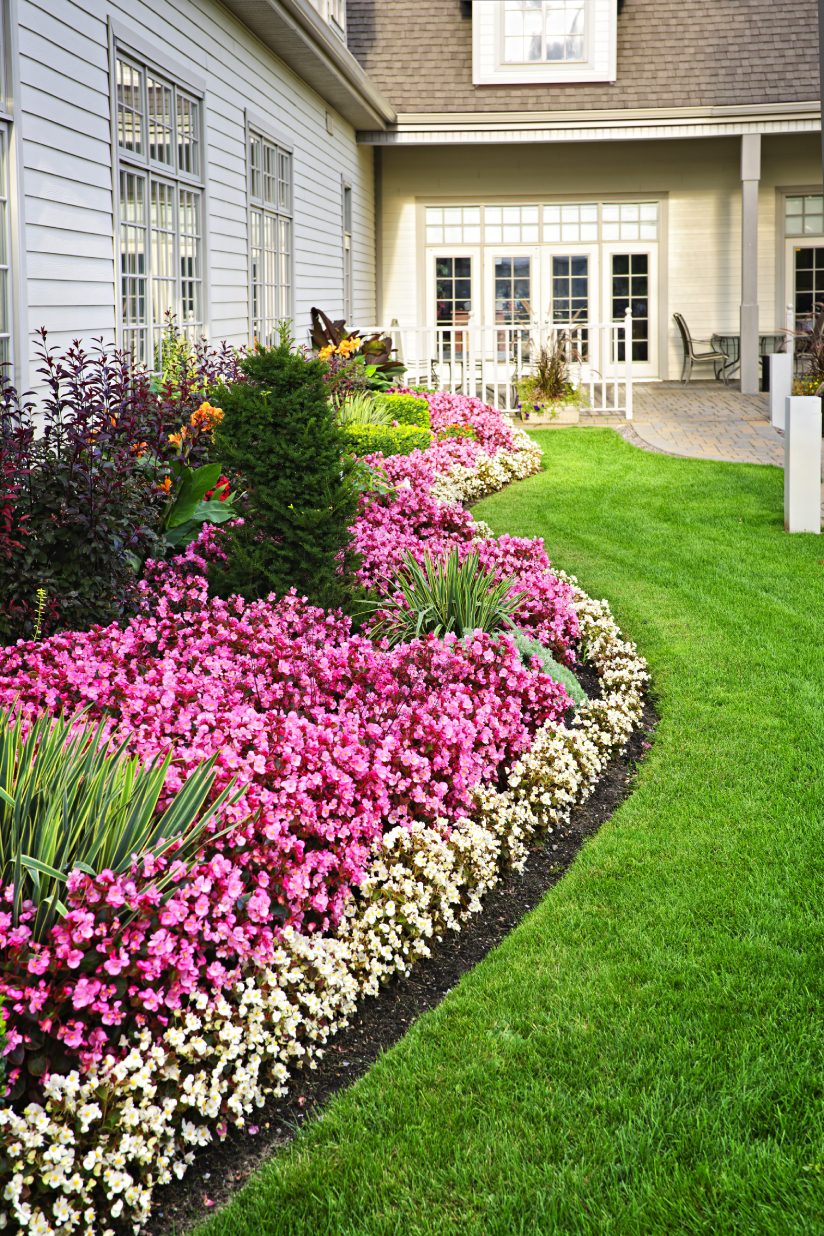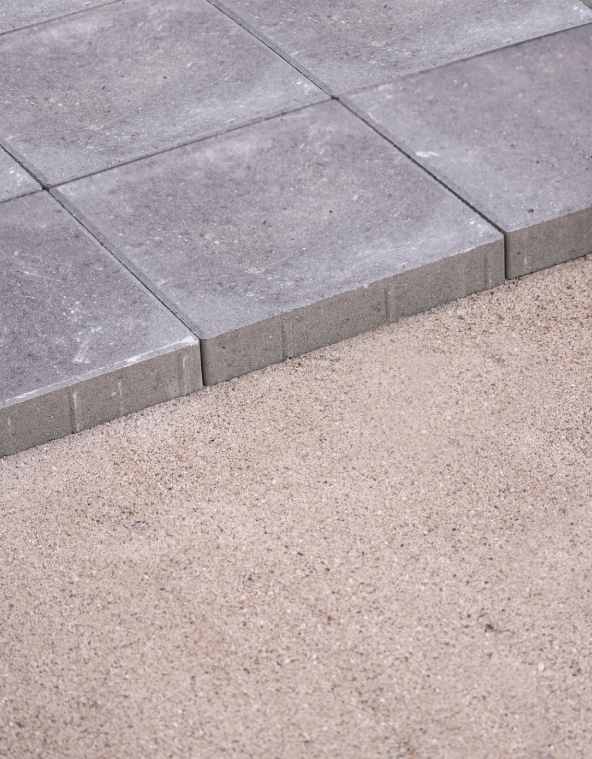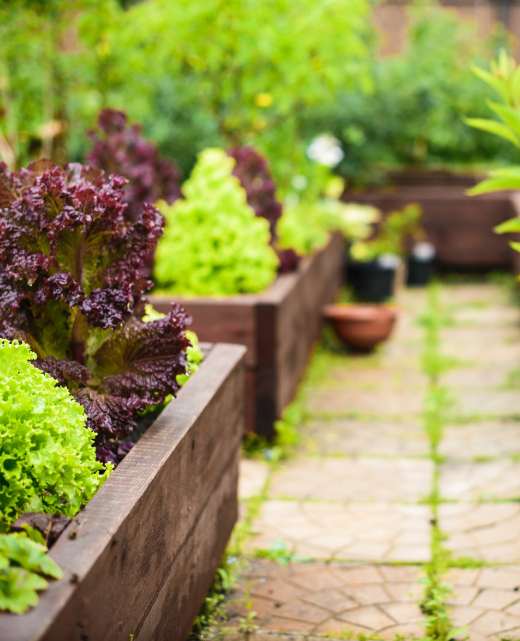Garden Edging
Why garden edging?
Edging your garden can serve a functional purpose, and it can be very visually appealing. It also provides a border for your garden area, giving it a clean, defined look.
...............................................................
If you are looking into garden edging and require assistance, feel free to continue reading or call Brant’s Lawn Care today.
Edge your garden to make it stand out.
Why is garden edging important?
One of the benefits of garden edging is that it can keep grass out of your garden and vice versa, by defining root boundaries. When correctly installed, these boundaries, or borders below the ground, can help keep grass out of your garden, while plant roots stay in the intended area.
Meanwhile, the above-ground portion of these partitions can prevent the bed from washing out, while also keeping things in place to prevent movement caused by erosion. Garden edging can reduce the amount of weeds in your garden, and more, protecting it from possible invasive weeds.
Weeds are also something that many who have a garden battle with regularly. While many weeds are not directly harmful to plants or plant beds, invasive weeds can pose a serious problem.
According to Sfgate.com (Home Guides):
“Invasive weeds are often very noticeable with different textures, colors, and growth habits. These weeds can overtake your lawn or garden in a single growing season, leaving it unattractive and sparse.”
Garden edging materials
The material you choose for edging can be conscientiously selected to boost the visual or aesthetic appeal of your garden bed. Many of the colors of garden edging materials are neutral.
This can help make the vibrancy and colors and/or lusciousness of your garden plants and flowers really stand out and catch eyes.
In addition, many garden edging materials can be used from items that have already been upcycled, or that can be reused again, such as stone, glass, brick, and concrete. Additional items include wood, plates, tiles, and more.


Could you benefit?
Garden edging is a great option for those who have trouble with washouts, erosion, or for those who are just looking to up the aesthetic and/or curb appeal of their property. There are a variety of design and material options that can be chosen to meet your needs or expectations.
In addition to making lawns more attractive and serving the functional purposes mentioned above, such as preventing washouts and helping to separate grass vs. plants in your bed, an edged garden can make weeding and overall maintenance a little easier by keeping mulch in place (i.e. reducing the need to weed, etc.)
It also helps to make pathways more visible, which can be helpful when walking, but also, the clean, defined lines can make the overall area look a little nicer.
Different edging options
Repeating plant shapes: Repeating the same plant shapes can provide a pleasing pattern. Some plant shapes to think about using include mounded plants, such as lamb’s ear and hostas.
Utilizing jagged or angular plants: Jagged plants, or ones that have sharp or spiky growth patterns, can act to provide a pattern or sense of movement or direction.
Using the same color: Repeating the same color at the edge of your garden by utilizing the same plants, or even a variety of plants that are the same shade, is a great, creative way to enhance the visual appeal and definition of your garden.
Flat pavers: Flat pavers are an elegant option, and because they are flat, they are often considered to be a somewhat lawnmower-friendly option.
Raised bed option: The raised-bed approach is great for those looking to add some depth or varying levels to their landscape or property, which can prove to be an attractive move. These are also encouraged for those hoping to improve their current drainage situation.
Metal garden border: A metal garden border is simple, subtle, and effective, and is often barely visible. It’s easiness to install and low-key appearance are some of its main advantages.
There are a number of different garden edging options and ideas out there to fit your needs. This can include a variation of materials, styles, and layout.




When is the best time for edging?
One of the best times you can edge your garden is right before installing it or right after (essentially any time before your vegetables or flowers, etc. reach peak growth).
Edging can keep soil in place, as well as water and mulch, and the materials and layout can be designed in a way that compliments the overall appearance of a property or home.
Want to know more about garden edging and how it could benefit you and your property? Call Brant’s Lawn Care today!

